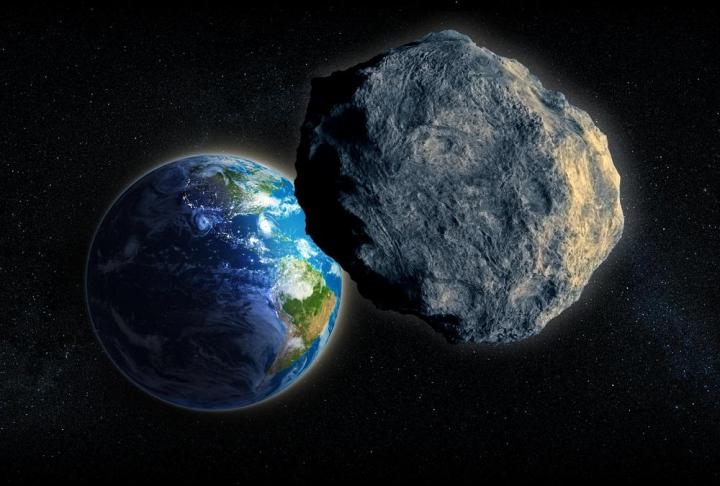
When NASA said last year it was planning to capture an asteroid, park it close to the moon and later send astronauts to explore it, many people had to check the calendar to confirm the space agency wasn’t simply demonstrating it had a sense of humor.
Well, make no mistake, NASA’s Asteroid Redirect Mission (ARM) is certainly real, and the agency recently offered a progress report on its ambitious plan, which essentially involves grabbing a space rock using a robotic spacecraft before putting it in a stable orbit around the moon.
The process of getting hold hold of the asteroid has been likened to popping it into a bag with a drawstring
“You bag it,” NASA’s Donald Yeomans said. “You attach the solar propulsion module to de-spin it and bring it back to where you want it.”
The space agency is currently in the middle of deciding which of two missions to go with – the first idea is to “fully capture” a small asteroid in open space, while the second is to collect a “boulder-sized sample” from a much bigger asteroid.
2019
The mission, whichever it decides to go for, is on schedule to take place just five years from now, in 2019, with NASA planning to make its final decision on which asteroid to capture a year earlier.
In the meantime, concept studies are set to take place over a six-month period, beginning this July, in which the agency will work on refining key concepts and technologies for its grand mission.
“With these system concept studies, we are taking the next steps to develop capabilities needed to send humans deeper into space than ever before, and ultimately to Mars, while testing new techniques to protect Earth from asteroids,” William Gerstenmaier, associate administrator for NASA’s Human Exploration and Operations Mission Directorate, said in a release.
2011 MD
So far, nine asteroids have been selected as candidates for ARM, with each ticking the boxes for orbit type and size. The sun-orbiting Spitzer space telescope has identified one asteroid in particular – 2011 MD – as having the ideal characteristics for the full-capture mission. Spitzer’s data shows 2011 MD to be about 20 feet (6 meters) in size, fitting nicely within NASA’s desire for a rock no larger than 32 feet (10 meters). Once secured in a stable orbit, the agency plans to send astronauts to explore the asteroid some time in the 2020s.
“Observing these elusive remnants that may date from the formation of our solar system as they come close to Earth is expanding our understanding of our world and the space it resides in,” said John Grunsfeld, associate administrator for NASA’s Science Mission Directorate. “Closer study of these objects challenge our capabilities for future exploration and will help us test ways to protect our planet from impact.”
NASA has said it thinks there are some 4,700 potentially hazardous asteroids (PHAs) flying around ‘near’ Earth, with each one big enough to ruin our day should it score a direct hit. PHAs are defined by NASA as any space rock currently within five million miles of Earth with a diameter greater than 330 feet (100 meters).


